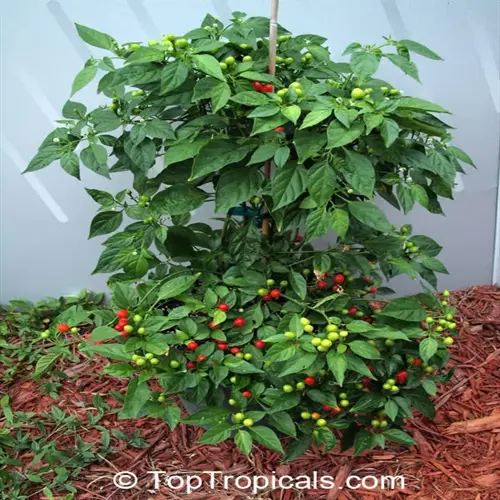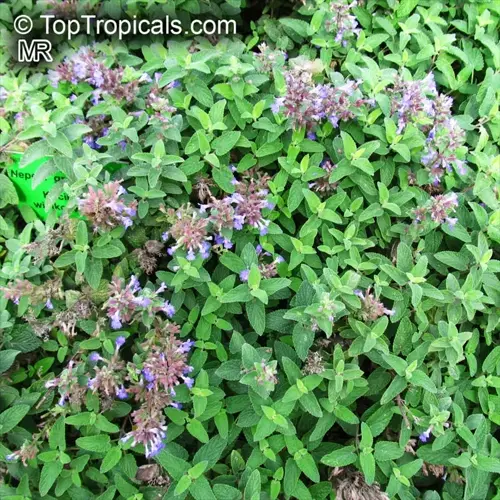What mimics poisonous chamomile lookalikes?

Written by
Tina Carter
Reviewed by
Prof. Charles Hartman, Ph.D.Several dangerous plants closely resemble chamomile regarding appearance and pose significant health hazards when mistakenly used as tea ingredients. Pineapple weed occurs in areas that are contaminated, and it absorbs toxins from the soil. Scentless chamomile can cause serious skin reactions. Mayweed contains neurotoxic compounds, requiring you to identify them without delay before harvest. Always double-check the key features to prevent accidentally poisoning yourself.
Visual Verification
- Confirm hollow yellow conical receptacle center
- Check for white ray florets arching backward
- Observe fine feathery leaves with apple scent
Toxic Plant Avoidance
- Never harvest from roadsides or industrial areas
- Avoid plants with milky sap or strong chemical odors
- Discard any specimens with discolored receptacles
Edibility Testing
- Rub leaf on wrist waiting 30 minutes for reaction
- Chew tiny petal portion spit out without swallowing
- Consult expert before first consumption
Poison Response
- Save plant sample for identification
- Call poison control immediately
- Rinse mouth but don't induce vomiting
- Monitor breathing and consciousness
Pineapple weed typically grows in soils that have been degraded by lead and pesticides. While they are technically edible, they absorb a significant amount of pollutants, and I wouldn't risk eating them. I only forage this lookalike from certified organic sites after I've tested the soil. The solid yellow center of pineapple weed is how you can tell it apart from the hollow chamomile receptacle.
Scentless chamomile induces quite severe contact dermatitis due to lactone compounds. It does not emit the apple-like smell of chamomile, and the flowers are larger. Always use gloves when handling unknown plants; I learned this the hard way after developing rashes because I didn't know the identification methods yet.
Mayweed creates a serious threat with thujone neurotoxins, leading to neurologic injury. The terrible smell when crushed serves as a warning. Mayweed often grows in disturbed soils, sometimes near farms. Never eat plants that have a bitter taste or a chemical taste.
For absolute safety buy certified chamomile plants from nurseries. If foraging take books containing photographs, and botanical keys. Think about attending local plant identification classes. My rule of thumb: when in doubt leave it out, health is greater than curiosity.
Read the full article: How to Grow Chamomile: A Complete Guide

